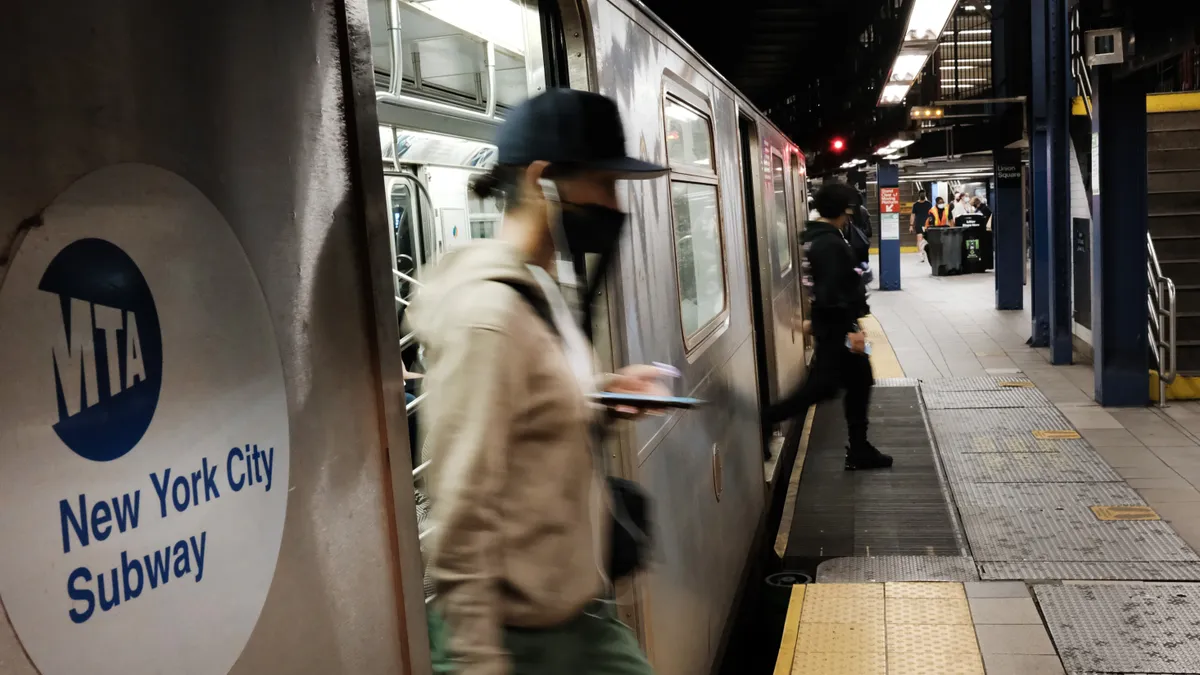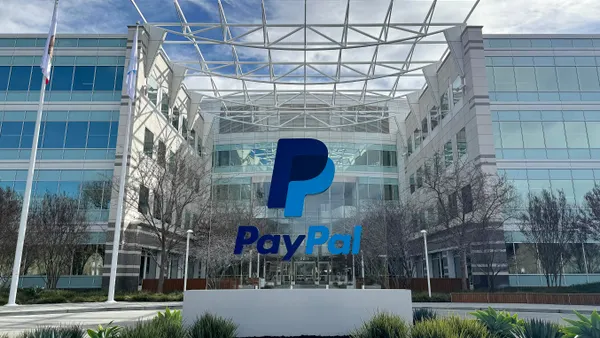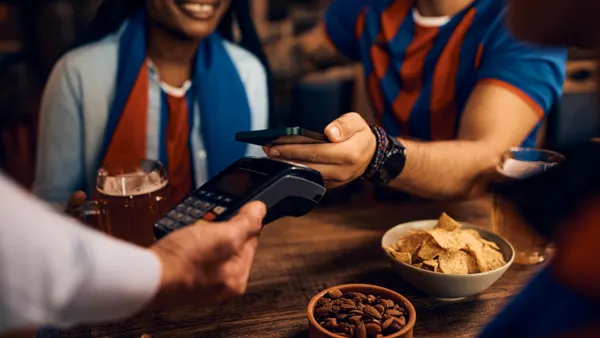Dive Brief:
- As consumers use public transit to reduce their environmental footprint, 91% of respondents in Visa's Future of Urban Mobility survey said they expect public transit to offer contactless payments, according to the card network company. More than half (57%) said they strongly expect it.
- Nearly half of respondents (44%) said one of the top benefits of offering contactless payments for public transit is convenience, followed by time saved because of faster transactions (40%), worrying less about having enough cash for fares (38%) and lessening contact with other surfaces and people (35%), the survey revealed.
- Under a third of survey respondents (32%) said offering contactless payments is one of the top features that would encourage them to ride public transit, per the survey.
Dive Insight:
For many respondents (88%), the environment was a factor in how often they use public transportation, Visa noted in its statement. About a third (34%) of survey respondents said environmental sustainability was the top reason they use public transit.
Besides preserving the environment, other considerations, such as cost and availability, also influence whether consumers use public transport. Less than half (43%) of survey respondents said they would be more inclined to use public transit if the routes were faster. Others said they would use public transit if the schedule were more reliable (41%), if there were more routes available (36%) and if fares were capped (30%). In fact, about two-thirds (61%) said they would ride public transit more if fares were capped.
In the decade leading up to the COVID-19 pandemic, cities like Chicago, London and New York shifted their transit systems to contactless payments. At one point, concerns about the coronavirus delayed New York City's Metropolitan Transit Authority from introducing a contactless fare system, but the city eventually resumed the rollout.
Visa concentrated on contactless payments for transit even before the pandemic sparked more consumer adoption. In 2017, the card giant launched the Visa Global Transit Solutions program, which aimed to speed up the adoption of contactless fare systems for mass transport internationally. Two years later, the company teamed up with Planeta Informatica to create the Visa Secure Access Module, a platform that helps public transit systems transition to contactless payments.
Research suggests transit systems will be a significant driver of contactless payments. A report from Juniper Research estimates that contactless payments will reach $6 trillion globally by 2024, an increase from $2 trillion in 2020. The report cited public transit use in the U.S. as one of many factors catalyzing this growth, although the projections were made just prior to the pandemic’s impact on public transportation use.
Municipalities and tech companies have continued to launch contactless payment tools for transit riders during the coronavirus pandemic. In April 2021, the Greater Dayton Regional Transit Authority (RTA) tapped public transportation app Transit and public transport ticket provider Masabi to introduce tap-to-pay smart cards for transit riders.
Earlier this year, Transit announced that it had incorporated Apple Pay and Google Pay, enabling riders in select cities in California, Illinois, Florida, South Carolina and Oklahoma to make fare purchases with those mobile wallet options.










